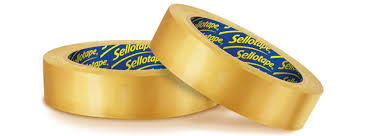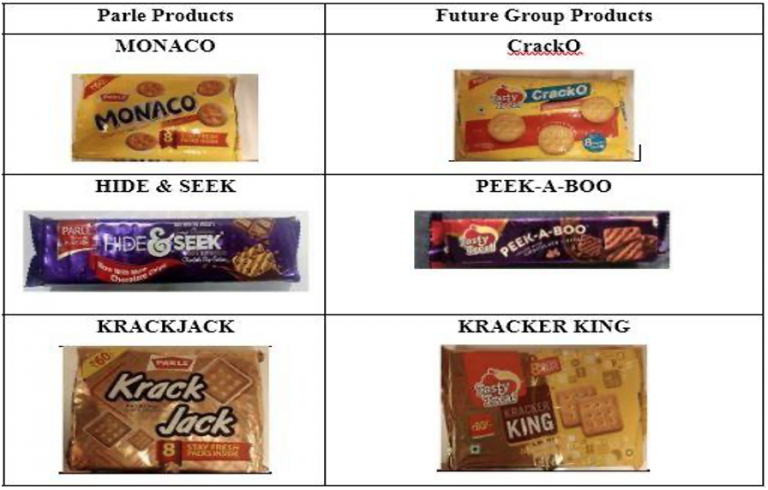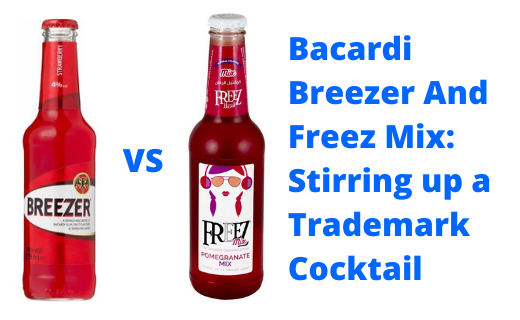A trademark for the flavour of a pizza? Yes, that almost happened.
Ever heard of a pizza restaurant trying to trademark the flavour of the pizzas they create? Well, now you have. As bizarre as it may sound, in the case of New York Pizzeria, Inc. (NYPI) Vs. Gina’s Italian Kitchen that’s exactly what happened. Wherein, one may debate that a certain degree of protection is offered to recipes of dishes if they involve unique or specific steps, as ‘trade secret’. But whether or not that extends to the flavour or taste of the specific dish which is a result of that recipe is ambiguous. This case filed in 2014 in the USA does present an interesting precedent.
The Plaintiff NYPI claimed that their former president tried to create a knock-off chain called Gina’s Italian Kitchen. The plaintiff’s lawsuit claims there was a computer hack involved, and they were able to get hands on their recipes, suppliers and internal documents.
The claim is specifically centred around the resulting flavour of the two pizzas as a matter of trademark infringement. The claim is that their flavour is distinct. So distinct, in fact, that consumers would recognize it as solely NYPI’s, even if coming from Gina’s Italian Kitchen.
Their lawsuit for the infringement claim specifically centered around the unique taste that the combination of their recipe and ingredients from specific suppliers creates. They went to the extent to say that the flavour of the NYPI’s pizza is so unique that anyone who would taste their pizza can instantly recognise that it is from NYPI.
While considering whether flavour can be trademarked or not, Court mentioned that there is no special legal rule which prevents flavours from serving as a trademark as it can “carry meaning”. Judge also stated that trademarking a colour and flavour is different. While relying on Wal-Mart Stores, Judge said “It is therefore only when a flavour has acquired distinctiveness, or “secondary meaning” – that is, when customers have learned to associate the flavour with its source – that it has any chance of serving as a valid trademark.”
Moreover, a trade dress cannot protect a functional product feature i.e. exclusive use of the feature would put competitors at a significant non-reputation-related disadvantage.
Court also opined that functionality doctrine is a major hurdle for protecting a flavour as a trademark. A similar doctrine was referred to in re N.V. Organon where while denying the trademark in the orange flavour of the pill of a pharmaceutical company it was held “Because medicine generally has ‘a disagreeable taste,’ flavouring ‘performs a utilitarian function that cannot be monopolised without hindering competition in the pharmaceutical trade.”
A favourable outcome, in this case, could have had a major impact on the food industry worldwide. For now, the only trademark-able flavour angle in this situation could possibly be that one can protect their recipes as a trade secret. But how much does that truly help? It’s a particular grey area of the system and would vary from case to case.






